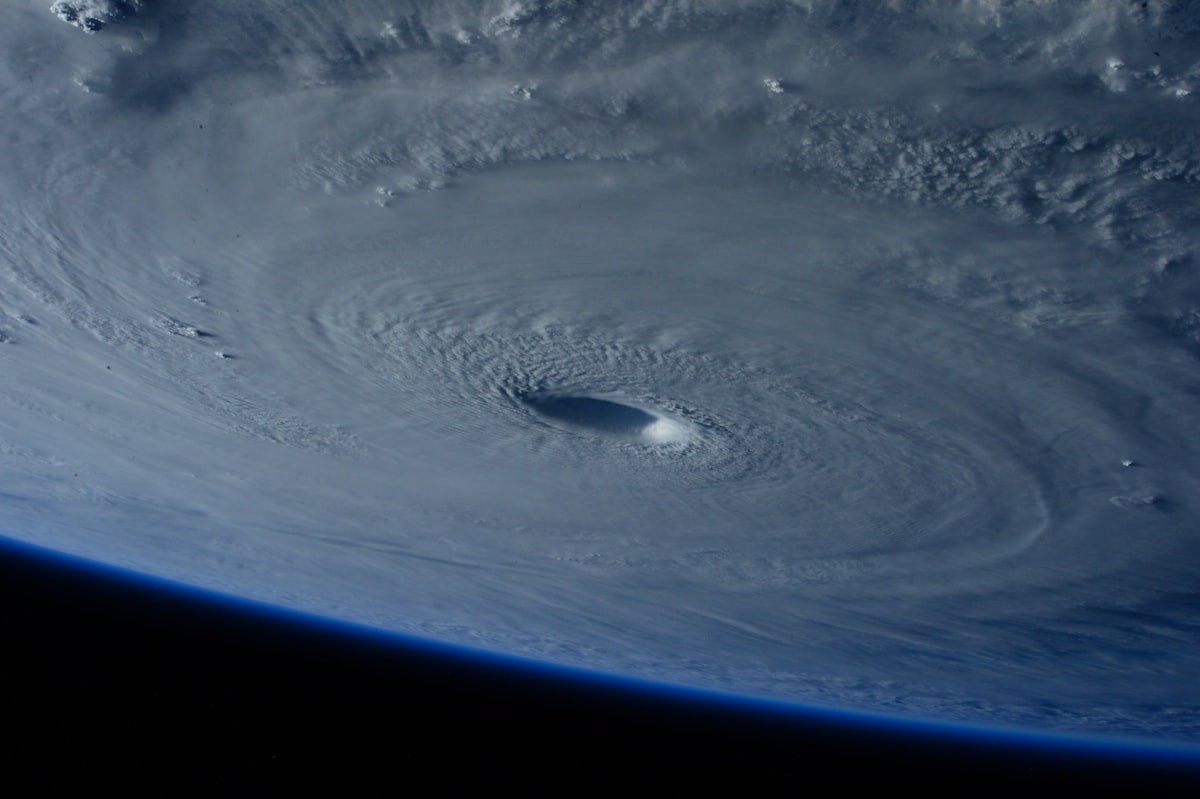A more active than normal hurricane season forecast for the U.S.
If the estimate holds, there would be 17 named storms between June 1 and November 30 during the busier than typical U.S. hurricane season.

The Atlantic Ocean hurricane season runs from June 1 through November 30. Although weather events have been recorded outside these months, the greatest concentration occurs during this period. Before their onset, leading forecasters in the United States anticipate their number and magnitude. After 2020 in which all historical records were broken, with 20 named storms - of which 13 were hurricanes - the trend would seem to continue in 2021.
Weather experts at Colorado State University, led by Phil Klotzbach, announced that they expect 17 tropical storms, of which 8 could become hurricanes. A normal season is considered one that has up to 12 named storms and 6 hurricanes. A tropical storm is considered a hurricane when wind speeds exceed 120 kilometers per hour.
But the forecast goes beyond the high number of disturbances. According to experts, at least four of this season's hurricanes will be major hurricanes, that is, those that reach category 3, 4, or 5, with winds exceeding 180 kilometers per hour. According to the study, there is a 69 percent chance that at least one of these major hurricanes will make landfall in the United States.
As explained by the scientists, current atmospheric conditions are very similar to those seen in 1996, 2001, 2008, 2011, and 2017. "All of those analogous seasons had very intense activity. Especially 1996 and 2017, which were extremely active seasons," Klotzbach explained in presenting the study.
In the last six particularly active years, at least one storm has always formed during May, so they are not ruling out that happening this year as well. Part of the reason they believe there will be a lot of activity has to do with the high water temperatures in parts of the Atlantic Ocean and the lack of an El Niño phenomenon.
El Niño is a natural phenomenon of warming waters in tropical areas of the Pacific Ocean, which generates vertical wind gusts. When this occurs, atmospheric activity decreases, resulting in hurricanes over the Atlantic. In contrast, the La Niña phenomenon occurs when there are colder than normal waters in tropical areas, and this generates a greater number of hurricanes in the Atlantic. This year we do not expect a La Niña phenomenon, but a lack of El Niño.
These forecasts not only satisfy the public's need to be prepared for these phenomena but are vital for industries such as insurance, which calculate their policies based on these estimates.
Colorado State University is one of the most respected in this field, considering that it has been making hurricane forecasts for 38 years. For its part, AccuWeather, the specialized media, made its hurricane season prediction last week and indicated that they expect between 16 and 20 named storms, of which 10 could become hurricanes. They added that they expect 3 to 5 storms to make landfall in the United States. The National Oceanic and Atmospheric Administration will release its forecast in May.




